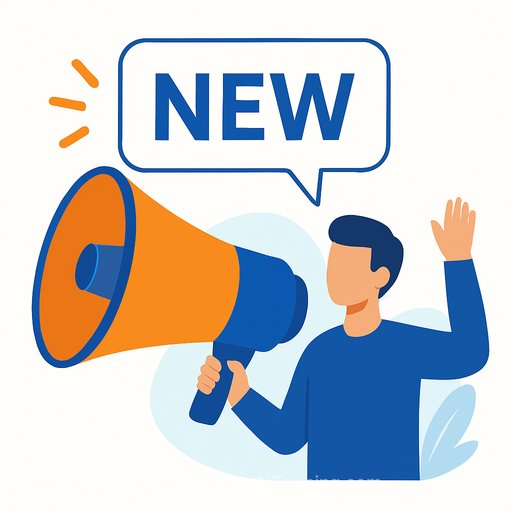AI Will Give Solos and Small Firms a Huge Advantage
Artificial intelligence is tipping the scales for small law practices. In a recent "Adventures in Legal Tech" episode, host Jared Correia digs in with Ernie Svenson - aka "Ernie the Attorney" - on why adoption stalls, how to position your AI use with clients, and where technology actually drives business.
If you run a solo or small firm, the window is wide open. You can move faster than BigLaw, experiment with less risk, and turn tech into measurable client value.
The Psychology of Tech Adoption
Lawyers aren't allergic to change - they're trained to reduce risk. That mindset protects clients, but it can also block useful upgrades. The most common blockers: fear of ethical missteps, sunk-cost workflows, and billable-hour incentives that reward inefficiency.
Practical moves that work:
- Run small pilots. Pick one use case, one practice area, and a 30-day test.
- Tie tools to outcomes clients care about: faster turnaround, clearer deliverables, predictable fees.
- Set guardrails: confidentiality rules, human review, and written policies.
- Track proof. Time saved, error rates reduced, new matters opened - make the gains visible.
Tech competence is part of modern lawyering. See ABA Model Rule 1.1, Comment 8 for the baseline expectation.
How Firms Should Position Their AI Use
Clients don't want buzzwords. They want reliability. Be direct about how you use AI and where a lawyer stays in the loop.
- Confidentiality: No client-identifying data goes into tools that train on user inputs. Use enterprise or on-prem options where needed.
- Accuracy: AI outputs are reviewed by an attorney before leaving the firm.
- Scope: AI assists with drafting, summarization, and research support - not legal judgment.
- Security: Vet vendors, use role-based access, and log usage.
Consider adopting a lightweight internal framework aligned with the NIST AI Risk Management Framework to keep your policies clear and defensible.
Where AI Moves the Needle for Small Firms
- Document drafting: First drafts of pleadings, demand letters, and client communications that you refine.
- Research acceleration: Summaries of cases, statutes, and opposing briefs with citations you verify.
- Intake and screening: Triage forms that route matters, prep facts, and schedule consults.
- Time capture and billing: Automated tracking and cleaner narratives improve realization and cash flow.
- Knowledge reuse: Turn past work into templates and checklists your whole team can pull from.
As Ernie notes, smaller firms can adopt faster. That speed compounds - better turnaround, better pricing options, and a client experience that keeps referrals flowing.
Email: Your Most Reliable Business Development Channel
Social platforms shift. Email stays. Use it to educate, not pitch.
- Send short, plain-English updates on issues your clients face (deadlines, regulatory shifts, common disputes).
- Segment by matter type so messages stay relevant to each audience.
- Add a clear next step: book a consult, download a checklist, or reply with a question.
- Include disclaimers and avoid creating an attorney-client relationship unintentionally.
Technology makes this simple: templates, scheduled sends, and basic automation. Consistency beats volume.
Process Beats Promises: A 30/60/90-Day Plan
- Days 1-30: Audit repetitive tasks. Pick two high-friction areas (e.g., research memos, client intake). Pilot one AI tool per use case with written rules for confidentiality and review.
- Days 31-60: Measure impact: hours saved, turnaround time, and write-offs reduced. Document workflows and create firm templates.
- Days 61-90: Roll out training, update engagement letters to explain AI usage, and standardize QA checks. Expand to a third use case if the data supports it.
On Accuracy, Transparency, and Efficiency
Good tools reflect good philosophy. Automated time capture, for example, helps you bill fairly, show your work, and price with confidence - values clients appreciate. Adopt tech that makes your work clearer, your communication faster, and your decisions easier to justify.
Talking Points You Can Use With Clients
- "We use vetted AI tools to speed up drafting and research. A licensed attorney reviews all work product before it's delivered."
- "Your data is protected. We do not allow client information to train external models."
- "These tools help us turn work around faster and offer more predictable pricing."
Keep Learning
If you want structured training to accelerate adoption across common legal workflows, explore curated programs by role and skill here: Complete AI Training - Courses by Job.
Bottom line: small firms don't need more tools - they need a simple system. Start small, prove value, write it down, and keep it human. That's how AI gives solos and small practices a real advantage.
Your membership also unlocks:






